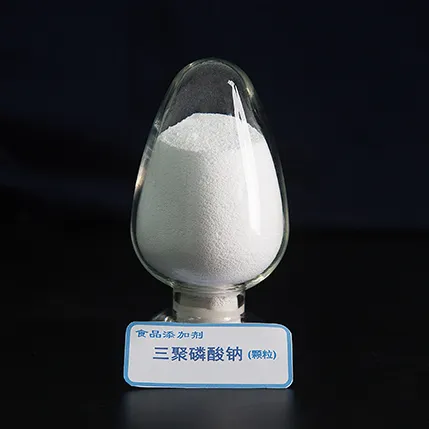Revolutionizing Cleaning: Unveiling Applications of Sodium Tripolyphosphate in the Detergent Industry
Introduction
Sodium Tripolyphosphate (STPP) is an indispensable assistant in the detergent industry, commonly comprising 10-50% of most detergents. This article explores its various applications and benefits in enhancing detergent effectiveness.
Elastic Effect on Heavy Metal Ions
During washing, heavy metal ions in water can combine with detergent molecules to form insoluble metal salts, reducing washing capabilities. STPP acts as a chelating agent, turning heavy metal ions into harmless substances. It eliminates the adverse effects of these ions on washing and captures metal components in dirt, aiding in dirt removal. Additionally, STPP prevents soap oil from forming and frosting, enhancing soap efficiency.
Unlocking, Emulsification, and Decentralization of Dirt
Dirt often contains human secretions (proteins and fats) and external elements like sand and dust. STPP swells and dissolves proteins in dirt, promoting fat emulsification and dispersing solid dirt. It has a strong emulsification effect on lubricating oil and fat, helping regulate the pH value of buffer soap.
Preventing Block Formation
Powder synthetic detergents are hygroscopic and can form inconvenient blocks when stored in high humidity. STPP absorbs water, forming hexahydrate crystals that keep the detergent dry and granular, preventing block formation.
Large Alkaline Buffer Effect
STPP maintains the pH value of the washing solution around 9.4, which is conducive to the removal of acidic dirt. This alkaline buffer effect ensures effective cleaning.
Types and Structure of Sodium Tripolyphosphate
STPP can be categorized into white powder and hexahydrate crystals, which can be further divided into types I and II. Industrial STPP is a mixture of these types, with type I dissolving quickly and generating significant heat during hydration. Type II wets slowly and is less prone to clumping. The content of type I in STPP is generally controlled at 10-30%.
Conclusion
Sodium Tripolyphosphate plays a crucial role in the detergent industry by enhancing cleaning efficiency, preventing block formation, and maintaining the pH balance. Its multifaceted applications make it an essential component in modern detergents.
Frequently Asked Questions (FAQ)
What is Sodium Tripolyphosphate (STPP)?
- STPP is a chemical compound used in detergents to enhance cleaning efficiency and prevent block formation.
How does STPP improve washing capabilities?
- STPP chelates heavy metal ions, preventing them from forming insoluble salts that reduce washing effectiveness.
What are the benefits of STPP in dirt removal?
- STPP swells and dissolves proteins, emulsifies fats, and disperses solid dirt, making it easier to remove.
How does STPP prevent detergent blocks?
- STPP absorbs water, forming hexahydrate crystals that keep the detergent dry and granular, preventing block formation.
What is the alkaline buffer effect of STPP?
- STPP maintains the pH value of the washing solution around 9.4, aiding in the removal of acidic dirt.

